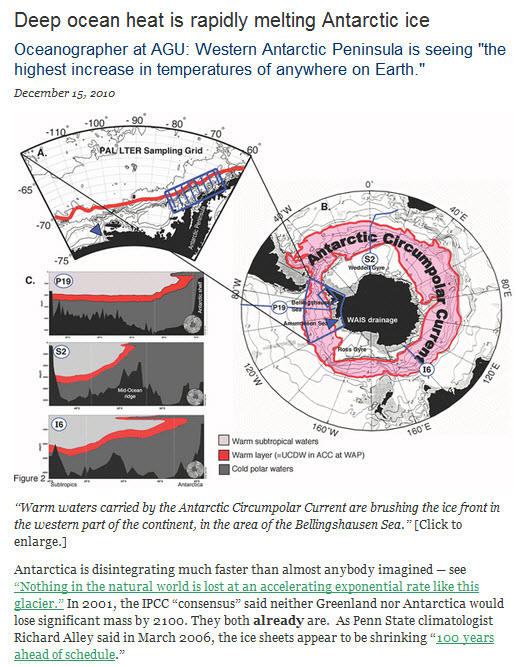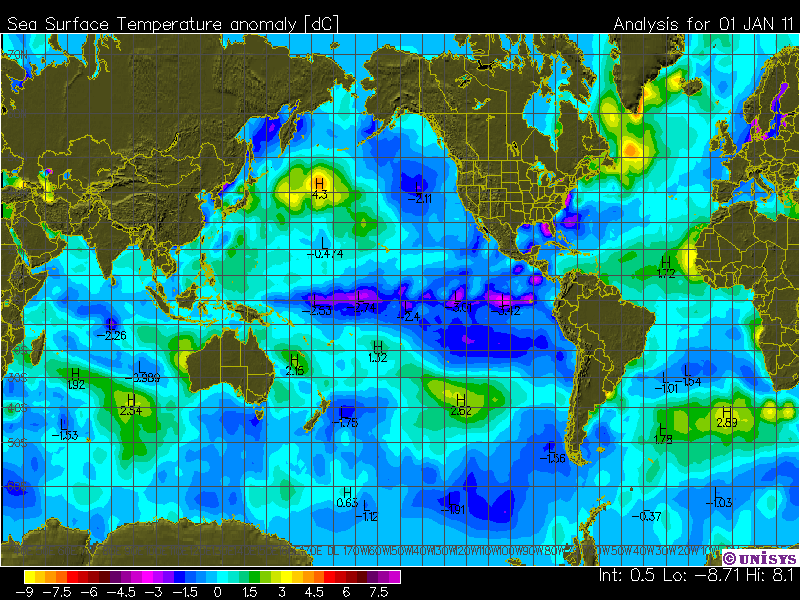Only problems are, sea surface temperatures around Antarctica are far below normal – and Antarctic sea ice has been growing.
Disrupting the Borg is expensive and time consuming!
Google Search
-
Recent Posts
- Fact Checking The New York Times
- New Visitech Features
- Ice-Free Arctic By 2014
- Debt-Free US Treasury Forecast
- Analyzing Big City Crime (Part 2)
- Analyzing Big City Crime
- UK Migration Caused By Global Warming
- Climate Attribution In Greece
- “Brown: ’50 days to save world'”
- The Catastrophic Influence of Bovine Methane Emissions on Extraterrestrial Climate Patterns
- Posting On X
- Seventeen Years Of Fun
- The Importance Of Good Tools
- Temperature Shifts At Blue Hill, MA
- CO2²
- Time Of Observation Bias
- Climate Scamming For Profit
- Climate Scamming For Profit
- Back To The Future
- “records going back to 1961”
- Analyzing Rainfall At Asheville
- Historical Weather Analysis With Visitech
- “American Summers Are Starting to Feel Like Winter”
- Joker And Midnight Toker
- Cheering Crowds
Recent Comments
- Bob G on Fact Checking The New York Times
- Bob G on Fact Checking The New York Times
- arn on Fact Checking The New York Times
- conrad ziefle on Fact Checking The New York Times
- arn on Fact Checking The New York Times
- Bob G on Fact Checking The New York Times
- conrad ziefle on Fact Checking The New York Times
- Bob G on Fact Checking The New York Times
- czechlist on Fact Checking The New York Times
- conrad ziefle on Fact Checking The New York Times




Romm Boiling In Imaginary Hot Water
🙂
It would be helpful to have some basic information on ocean temperature, perhaps in graphical form.
Afaik, the deep ocean water is cold, below 3* C. Presumably polar water gets colder, at least in the winter months, so it should get denser and sink, to be replaced by other ( warmer?) water from somewhere more removed from the pole. Does this water come from the surface or some deeper current? Based on the claim that is is melting at record rates, there must be a large influx of warmer water. As the deep ocean is cold and the sea surface temperature is noticeably colder than normal, there must be another subsurface warm current to drive this development. Has anyone spotted this?
Also, why does this warmer water current not surface, as it would logically be less dense than the overlying colder surface water.
What am I missing?
Someone’s nose is growing at an exponential rate!!
“sea surface temperatures around Antarctica are far below normal”
“Far below normal”? I don’t see this on the above anomaly map. The “far below normal” locations are the La Nina area of the East Pacific, the west coast of Florida, off the North American Atlantic Seaboard, the Baltic Sea around Sweden and a few others. But the sea surface temperatures shown above are just less than normal around Antarctica, not “far below”.
Your statement and the map you try to use to prove your point are incompatible. The map shows your statement is incorrect.
And, once again, please don’t bother responding with some lame comment that has nothing to do with my question concerning where these “far below normal” sea surface temperatures around Antarctica you mention are located on the above map you display.
Whether you call it far below, or just below they certainly are not warmer are they?
An army of straw men comes marching in.
Put some imaginary crow in there with him so he can eat and stew at the same time.